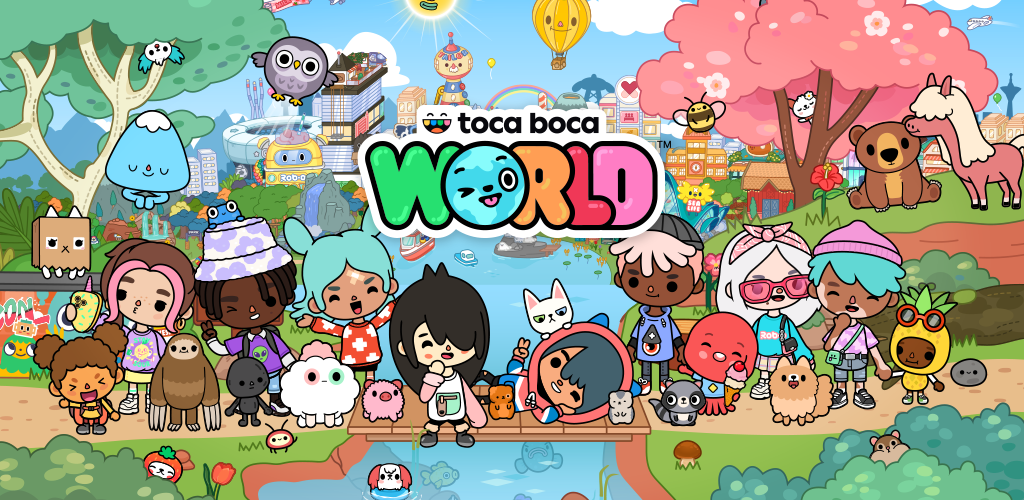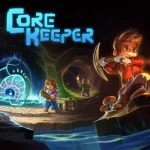
Toca Boca World
All trademarks belong to their respective owners.
Advertisement
Popular Now
Toca Life is a beloved platform for creative storytelling, offering players endless opportunities to build narratives and bring characters to life. While many players explore its features, mastering storytelling within the game requires structure, planning, and creativity. This guide dives deep into crafting compelling, immersive, and interactive stories in Toca Life, guiding players from initial concepts to narrative execution.
Understanding Storytelling Basics in Toca Life
Setting Up the World
 Version 1.0.0[/caption]
Version 1.0.0[/caption]
Understanding Storytelling Basics in Toca Life
H3: What Makes a Great Story in Toca Life?
Storytelling in Toca Life differs from traditional narratives. It’s interactive and visual, involving:- Characters with unique traits and goals.
- Locations that add depth to the plot.
- Props and Actions that move the story forward.
H4: Planning vs. Improvisation
- Planned Stories: Create a detailed outline with specific events.
- Improvised Stories: Let your creativity flow as you play.
Choosing Your Theme
H3: Popular Story Themes
Deciding on a theme gives your narrative direction. Examples include:- Mystery: A missing object or secret to uncover.
- Adventure: Characters exploring unknown places.
- Slice of Life: Everyday activities with a dramatic twist.
H4: Matching Themes to Settings
- Use Toca Life: Vacation for adventures.
- Try Toca Life: Office for business or tech stories.
- Combine themes for complex narratives.
Building Relatable Characters
H3: Designing Memorable Protagonists
A good story starts with compelling characters.Steps to Create Characters:
- Choose a distinctive appearance and outfit.
- Develop a personality (e.g., brave, shy, mischievous).
- Give them goals or motivations to drive the story.
H4: Supporting Cast
- Add friends, rivals, and mentors for dynamic interactions.
- Include pets or fantastical creatures for added charm.
Setting Up the World
H3: Transforming Locations into Story Scenes
Each scene should feel alive and connected to the story.Tips for Designing Locations:
- Use props that match the scene’s tone (e.g., books for a library).
- Rearrange furniture to create fresh environments.
H4: Linking Locations
- Use transportation props (like buses) to show movement between areas.
- Make logical transitions, such as moving from home to work.
Developing a Plot
H3: Structuring the Story
Break your narrative into clear sections:- Beginning: Introduce characters and set up the world.
- Middle: Add conflicts or challenges.
- End: Resolve the story and conclude with a memorable moment.
H4: Adding Twists
- Surprise characters with an unexpected event.
- Introduce a mysterious object or character.
Using Props to Drive the Narrative
H3: The Power of Props
Props are essential for creating interactive and engaging stories.Examples:
- Diary or Notebook: For secrets or clues.
- Food Items: For party scenes or cozy family dinners.
H4: Organizing Props
- Group items for specific scenes (e.g., school supplies for a classroom).
- Use storage containers for easy access during gameplay.
Enhancing the Story with Dialogue
H3: Writing Conversations
Dialogue brings characters to life and explains the story.Tips for Great Dialogue:
- Keep it natural and age-appropriate.
- Use expressions and gestures to enhance meaning.
H4: Using Visual Cues
- Add emojis or icons to represent emotions.
- Use different colors for characters' speech bubbles.
Adding Drama and Conflict
H3: Building Tension
Stories need challenges to keep them interesting.Common Conflicts:
- A lost item that must be found.
- Characters disagreeing over an important decision.
H4: Resolving Conflict
- Show characters working together to solve problems.
- Reward cooperation with a satisfying resolution.
Recording and Sharing Your Story
H3: Capturing Your Masterpiece
Save your gameplay and share it with others.Tools to Use:
- Screen recorders for mobile devices.
- Editing apps to add music, effects, or subtitles.
H4: Sharing Tips
- Post videos on social platforms like YouTube or TikTok.
- Create a summary or trailer to attract viewers.
Expanding Stories with Updates
[caption id="attachment_1298" align="aligncenter" width="600"] Version 1.0.0[/caption]
Version 1.0.0[/caption]
H3: Adding Fresh Content
Toca Life updates frequently with new locations and props.How to Use Updates:
- Introduce new characters or plotlines.
- Use seasonal props to reflect real-world events.
H4: Experimenting with Crossovers
- Combine characters from different Toca Life apps.
- Create multiverse stories with diverse locations.


















